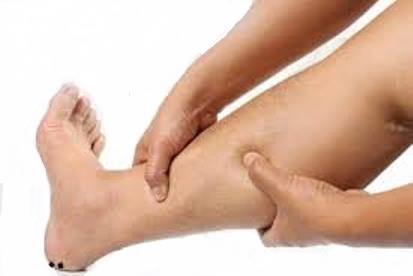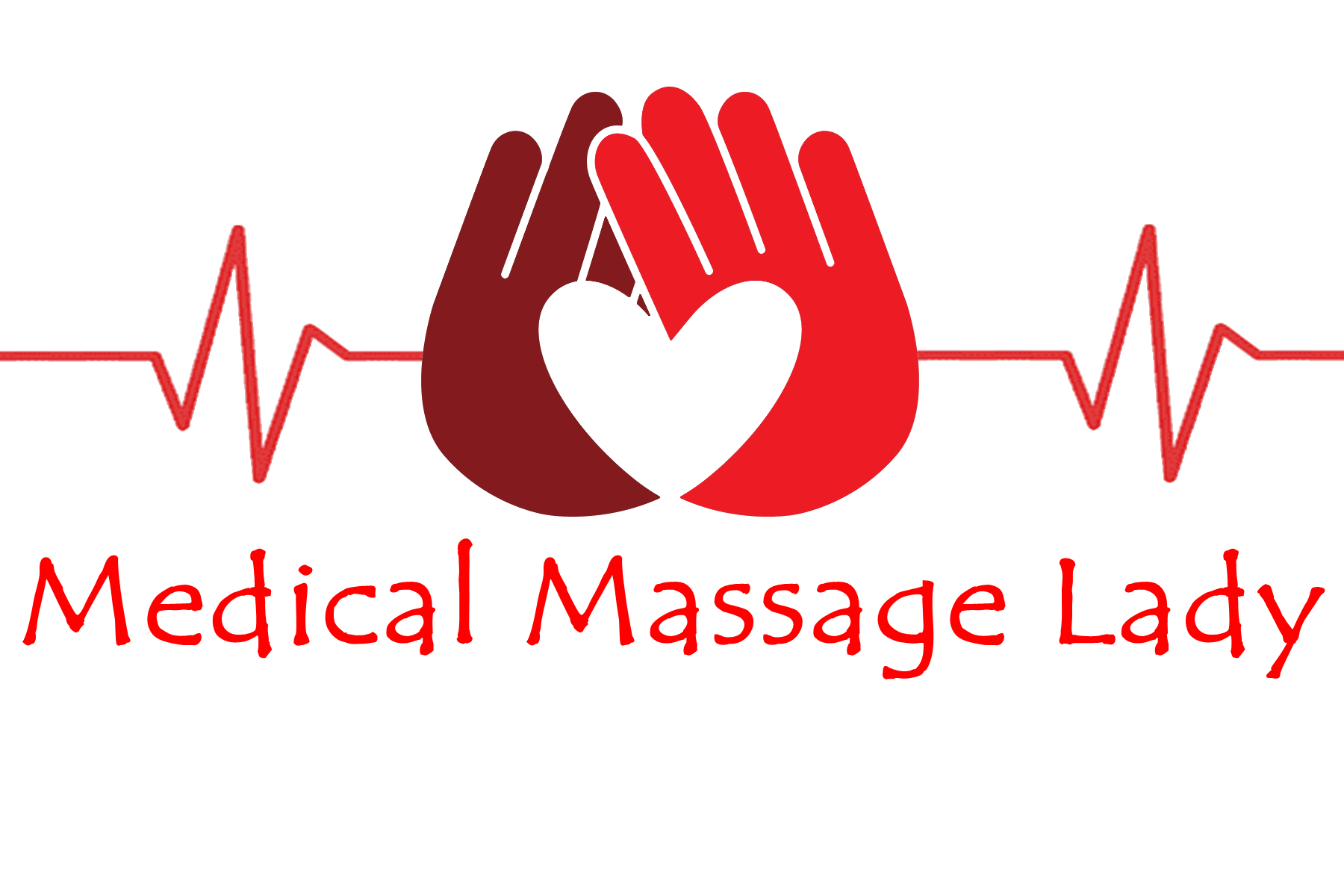- 07736 104738
- sam@medicalmassagelady.com
- Mon - Sat, 8:00 - 18:30
Compartment syndrome occurs when injury causes increased pressure and swelling within a muscle compartment of the arm or leg, as a result of bleeding in the muscle. Compartments within the legs and arms are separated by thick fibrous tissue which will not stretch to allow for the swelling.This increased pressure then reduces blood supply and can damage the nerves. Compartment syndrome may occur due to an acute injury, such as a fracture, or chronic because of exertion such as exercise. This is known as chronic exertional compartments syndrome. While acute compartments syndrome is treated with surgery, chronic cases do not usually require this.
CAUSES
While the causes aren’t completely understood suggested causes include:-
• Muscle expansion during exercise and in CECS the fascia around the muscle doesn't expand with the it, causing increased pressure and pain in that compartment of the affected limb
• When the pressure within a compartment is high, blood supply to the muscles and nerves decreases, and so, therefore, does the oxygen and nutrient supply. In cases of CECS symptoms are usually resolved when the exercise stops but if the condition is not recognized and treated, the muscle tissue can die, scar, and contract. Also damaged nerve cells may cause numbness and weakness
• The way in which you move while exercising may be a factor
• Having muscles that enlarge excessively during exercise
• having a particularly inflexible fascia surrounding the affected muscle compartment
• having high pressure within your veins
RISK FACTORS (CECS)
• Age - more common in athletes under the age of 30.
• Type of exercise – more common in repetitive impact activity eg.running, cycling (legs) & swimmers (arms)
• Overtraining – if intensity of frequency of workouts are too high
• Muscle imbalances
• immobility for a prolonged period of time, eg, due to muscle damage may occur because a blood vessel was compressed.
• Those taking anticoagulant medication eg warfarin have a higher risk for bleeding into a compartment spontaneously or after injury.
• Use of anabolic steroids
SYMPTOMS
• Aching/ burning/cramping pain in a specific compartment of limb
• Tightness in the affected limb
• Numbness or tingling in the limb
• Weakness of the limb
• Decreased range of motion
• Foot drop, in severe cases, if legs are affected
• Often the same compartment of both legs are affected
• May be swelling due to a muscle hernia
• Tense, shiny skin that may be bruised
Pain pattern :-
• is consistent after a certain time/distance/intensity of exercise
• is out of proportion to the injury and occurs with minimal range of motion
• Progressively gets worse as you exercise
• Reduces or stops completely within 15 minutes of stopping the exercise
• recovery time after exercise may increase over time
If the condition becomes acute the “5 P’s” apply:-
• Pain
• Pale skin
• Pulselessness (no pulse in the limb)
• Paresthesias (numbness and tingling in the arm or leg)
• Paralysis (inability to move the arm or leg)

COMPLICATIONS
CECS doesn't usually cause lasting damage if treated, but pain, weakness or numbness associated with it may prevent you from exercising with the same intensity or frequency.
Complications of CECS are rare but may include the following in severe cases, although these complications tend to only apply to acute compartment syndrome:-
• muscle scarring, contracture and loss of function of the limb
• infection
• amputation
• permanent nerve damage
• rhabdomyolysis (muscle breakdown) and kidney damage. Chronic compartment syndrome usually requires no treatment or surgery.
TREATMENT
• Ice packs and elevation – following significant or acute injury
• Prevention is the best treatment of compartment syndrome
• Surgery (fasciotomy) is the only treatment for ACUTE compartment syndrome, opening the muscle compartment to allow muscle tissue to swell, decrease pressure and restore blood flow.
• CECS rarely requires any treatment as symptoms usually stop minutes to hours after stopping exercise.
• over time, if CECS becomes very restrictive, surgery may be an option
• stopping exercise completely or performing low-impact exercise may relieve symptoms, but symptoms return with the exercise.
PREVENTION OF CECS
• avoid particularly strenuous workouts to prevent excessive swelling within the muscles, especially in extreme heat
• stretching regularly,and before and after exercise
• self massage
THE USE OF MASSAGE IN CECS
- Myofascial release and trigger point therapy may be particularly helpful
- May temporarily ease pain
- Working in the lower back, glutes and thighs may reduce over compensation in these muscle groups
- Passive stretching to help elongate particularly short or thick fascia
- Cross fibre treatment can reduce any adhesions




